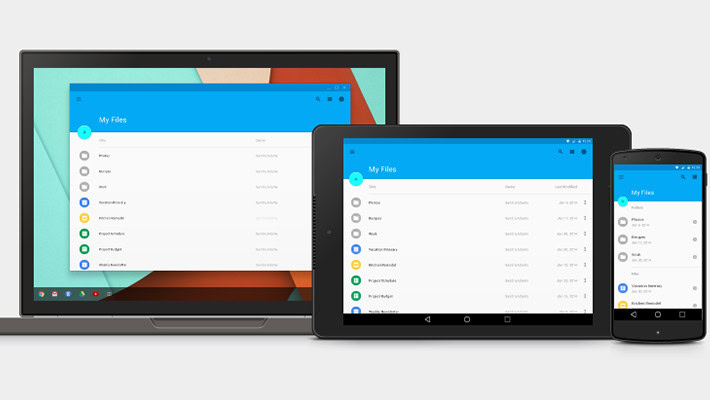Affiliate links on Android Authority may earn us a commission. Learn more.
How did Material Design come to be?

Material Design was one of the main stars at Google IO’s stage. Just like Ice Cream Sandwich promised a pristine tablet experience, Android L offered a far greater pledge. The new interface would allow Google to merge all screens into one familiar interface, making the transition between gadgets and form-factors a breeze.
The new design is flatter, giving it a touch of elegance, but it is also very playful in its colors and animations. How did these new design elements come to be? Google based its unique style in more than Matias Duarte’s colorful t-shirts!
Google Search designer Jon Wiley held a very interesting AMA (ask me anything) session at Reddit, a practice that has become very popular. Topics from every category are covered, but there was one section that caught our attention – an explanation of the origins of Material Design.
It turns out this design philosophy is something Google has been working on for about two years. Jon once asked what something was made of, to which people hesitantly responded: “what do you mean? It’s just pixels.” Of course, this answer didn’t satisfy him, and that is where Material Design was born. The whole idea is that they want their services to look and feel as natural as possible.
“Also, in many ways I think the technology will become more invisible – it’ll fade into the background. Think of plumbing – you just turn on the tap, and voila, water! I think information technology will start feeling that way too: on-demand but unobtrusive otherwise.”
Google Search is only part of the Material Design movement. This design language is to reach every Google service across platforms, making for a seamless experience unlike we have ever seen before. Will other developers follow suit? That is yet to be seen, but we will tip our hats to those who do.
Everything does suddenly make more sense, though. Material Design looks and feels natural. It’s all about the experience and not what you are using to experience it. In a good motorcycle ride, for example, you becomes one with the vehicle and suddenly there is no consciousness of its very existence – it’s just a rider soaring through thin air. That is the feeling Google wants to accomplish with Material Design.